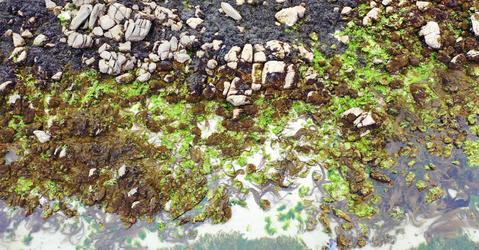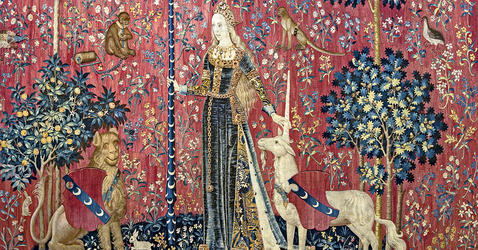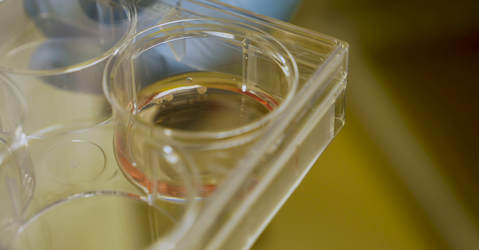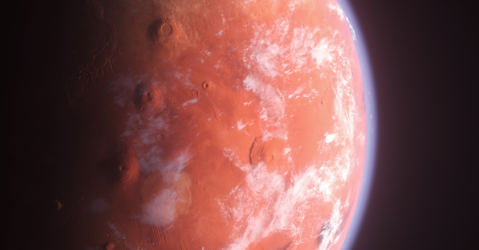You are here
Recent Videos
In the US State of Arizona, it is not unusual to see rivers that have dried up. Some only flow in specific sections or at certain times of the year. They are known as intermittent rivers. At the...
The biological station at Roscoff in Brittany (northwestern France), which was founded 150 years ago, on 20th August 1872, still serves as a reference for the study of marine life. This is...
The Lady and the Unicorn is the mysterious and must-see masterpiece at the Cluny Museum, in Paris. Little is known about these six impressive tapestries, apart from the fact that...
Dyslexia, autism, rare diseases… What factors are responsible for the neurodevelopmental disorders that affect an increasing number of children? This report, published in collaboration with ...
Elephants, crocodiles, hippopotami… In Botswana, the Okavango delta is a real paradise for the local fauna during the flood, which lasts several months a year. In this documentary, published...
Polar auroras are fascinating events that are regularly visible on Earth. Yet do they occur on other planets, such as Mars for example? And if so, how can they be observed? In this report,...








